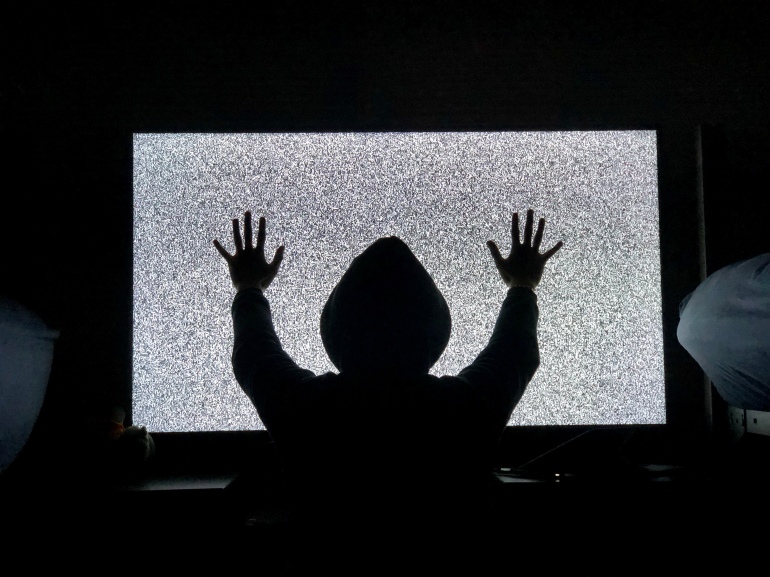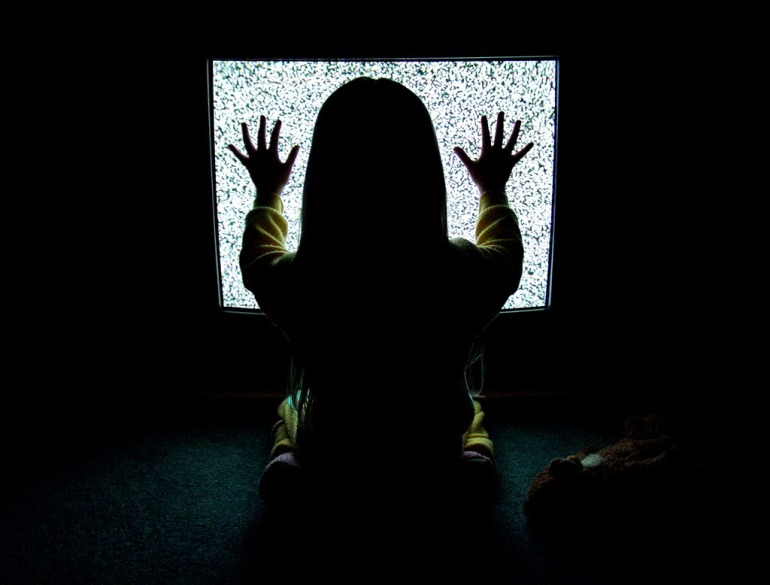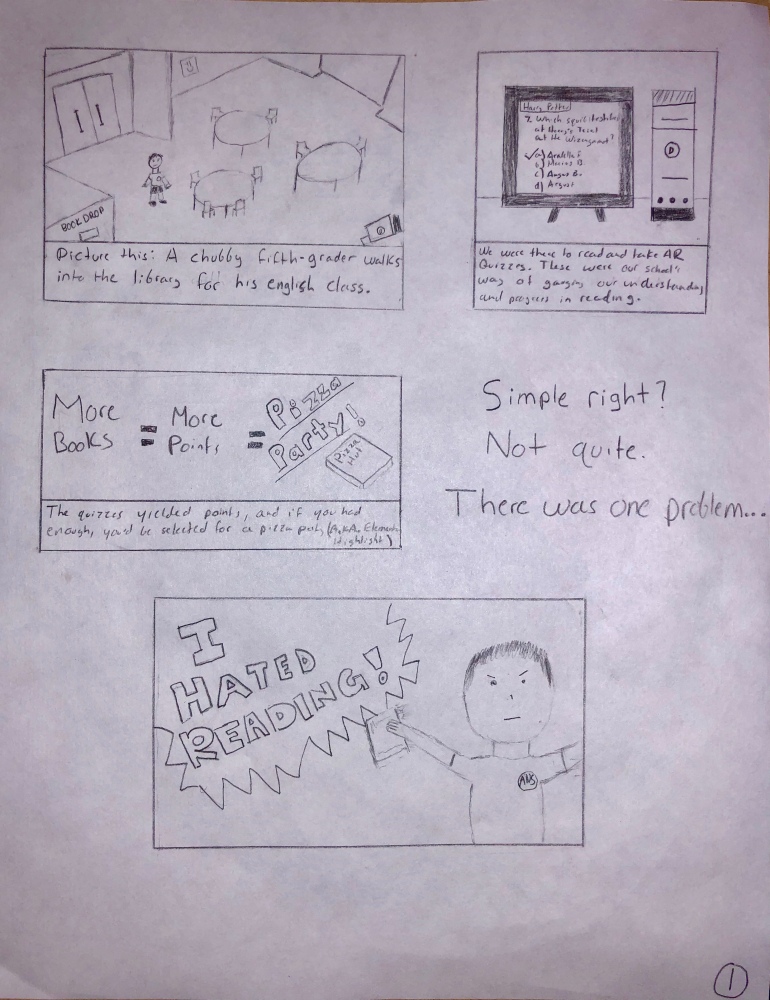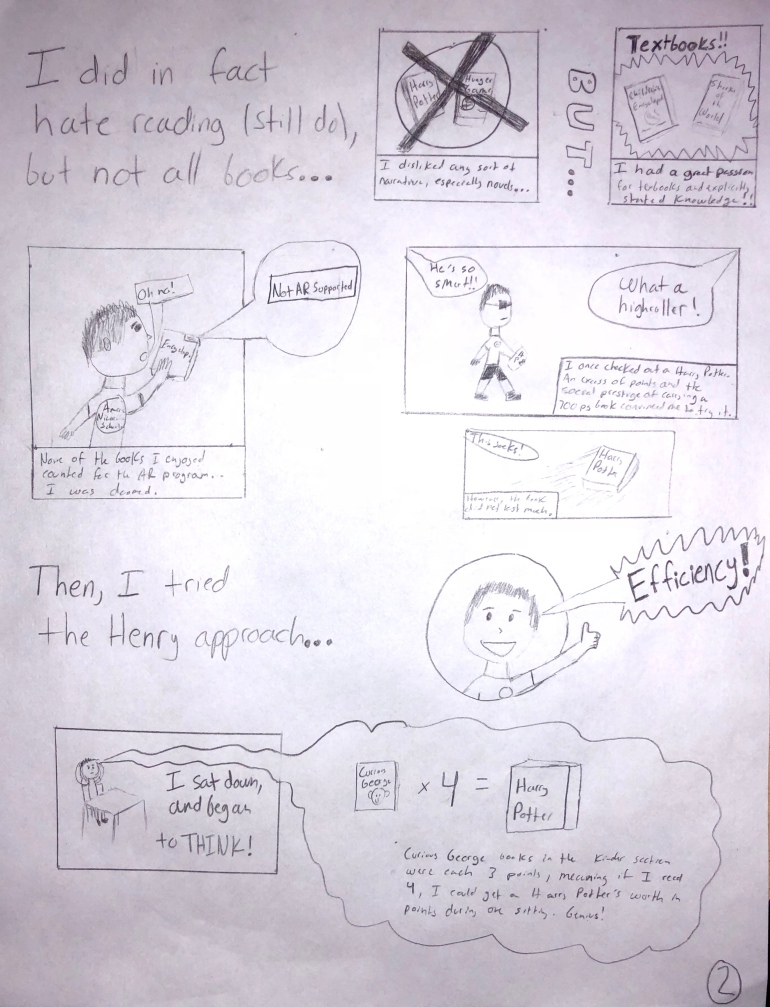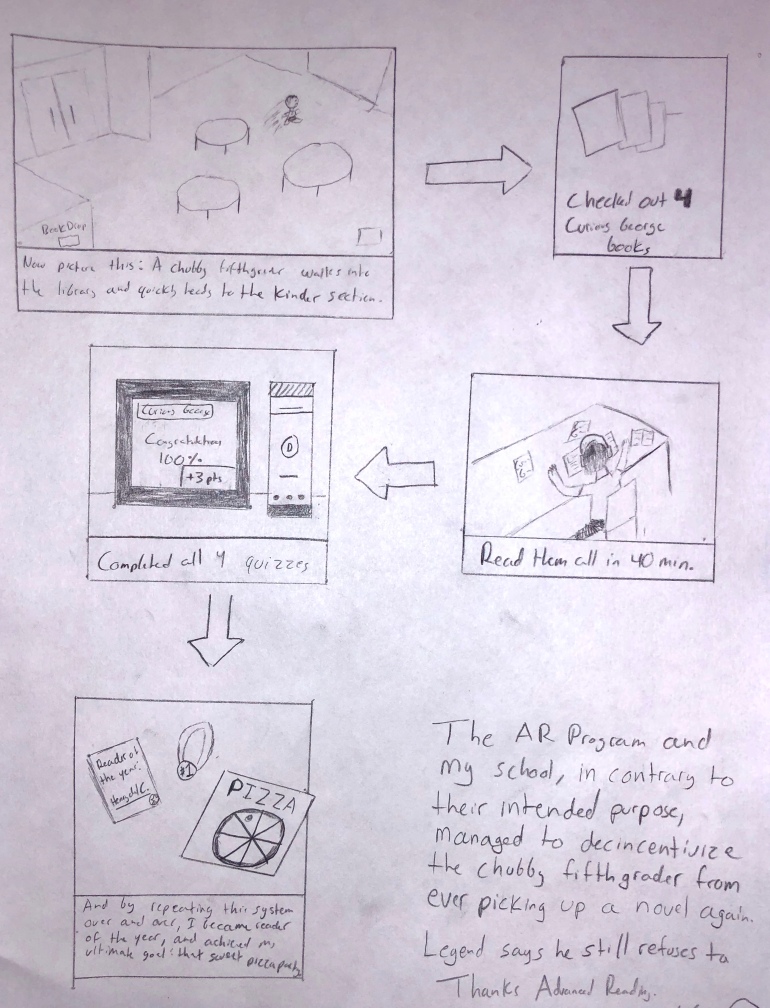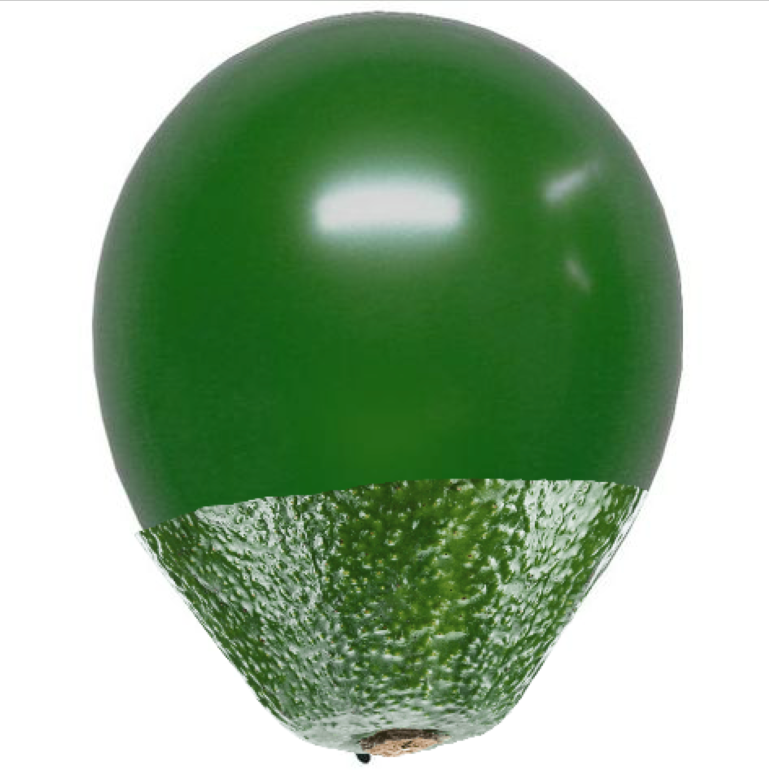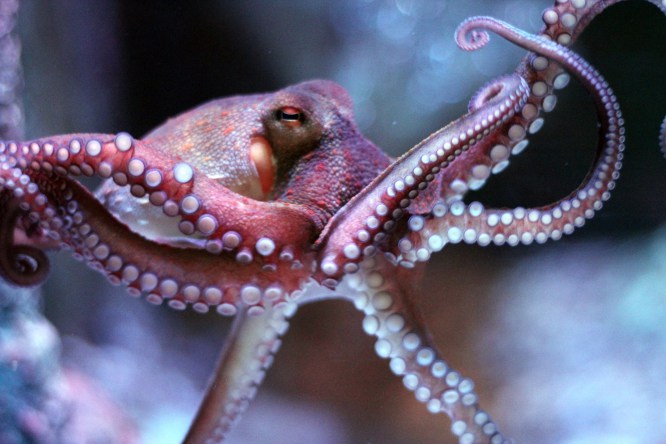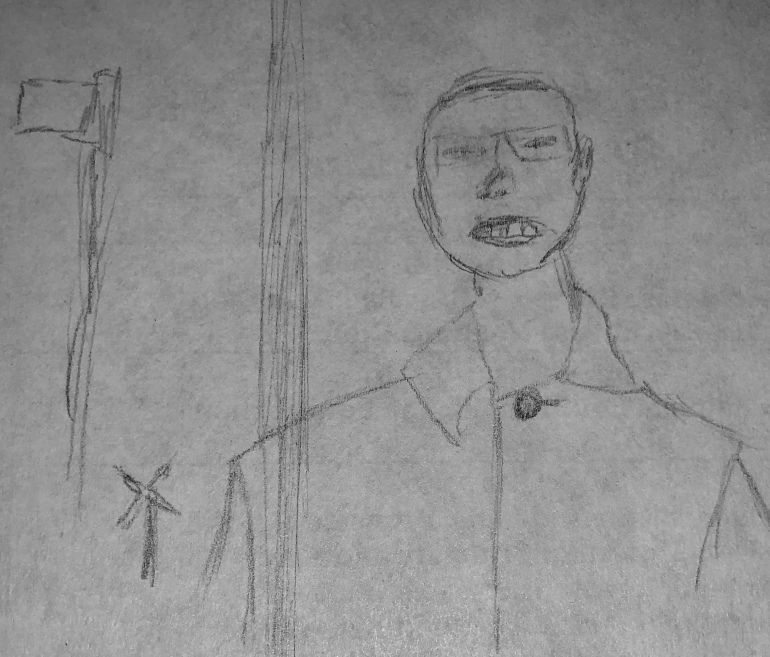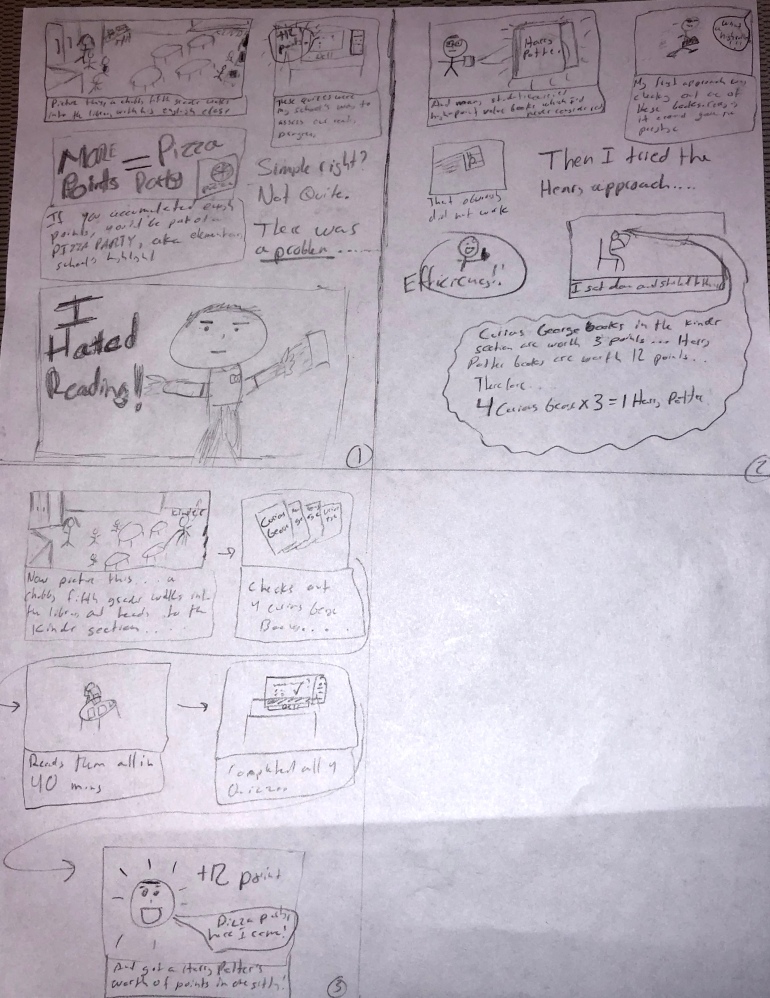Mapping Spinning: Yellow Panels
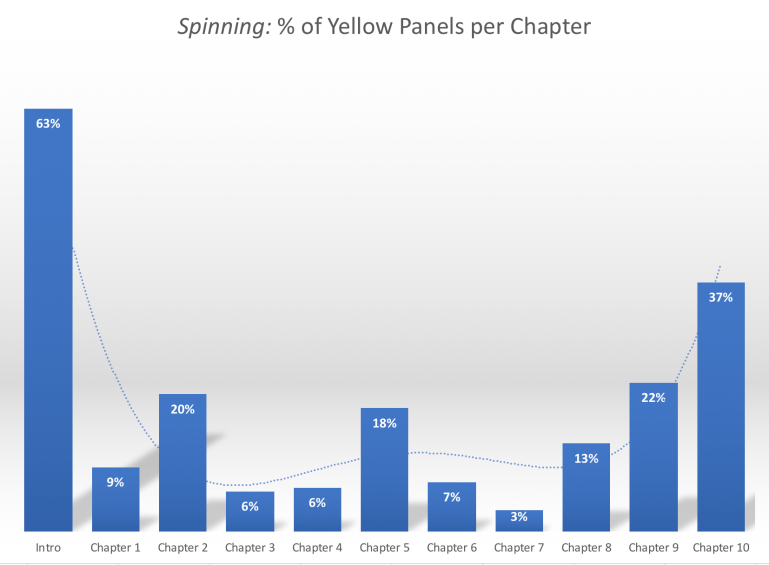
This is my attempt at mapping Spinning. The model above presents the operationalization of “hope”, a recurring theme in the graphic novel which is symbolized by the presence of the color yellow in a panel; here, I present the percentage of panels containing yellow per chapter. A polynomial trend-line indicates a decrease in hope from the introduction, and and a radical increase towards the end of the book.
Conducting this numerical analysis reveals that the presence of hope is very high during the introduction –which possesses a joyful tone, almost as if hinting a feel-good novel–, which decreases exponentially throughout the entirety of the book until Chapter 8, where hope settles into the story and Tillie realizes what makes her happy, having its final peak in Chapter 10. In that final span of increasing hopefulness, Tillie quits skating, giving that it made her unhappy, and accepts her homosexuality, recognizing her sexuality does not mean the end of the world. When she learns to accept herself as she is, the numbers and my intuition as well indicate hope exponentially increases.
This helped me understand that Spinning is not necessarily a story centered around hope, but about a young girl trying to understand her sexuality, and ultimately her path towards self acceptance and making the most of life with what she has by dropping anything that pulled her down (ice skating), and living her life as she truly is.
What led me to explore hopefulness in this assignment was the seemingly spontaneous bursts of yellow throughout the entire novel. These led me to believe there had to be some sort of pattern hidden between the amount of yellow present. The model succeeded greatly in measuring the percentage of panels possessing yellow, but falls short when taking into account the amount of yellow per panel. In multiple panels, very faint hints of yellow can be observed, while some are almost 75%+ yellow.
In conclusion, the operationalization of “hope” led me to understand that as Tillie learned to accept herself as she is and seek happiness in life, rather than submit to societal expectation, hopefulness in the book increases in an exponential fashion.

 Throughout the span of almost two weeks, I recorded my level of food satisfaction on a subjective scale of 0-100. This tracking assignment yielded some interesting results, which after developing a visual representation of the data, revealed key information about my eating habits throughout the week.
Throughout the span of almost two weeks, I recorded my level of food satisfaction on a subjective scale of 0-100. This tracking assignment yielded some interesting results, which after developing a visual representation of the data, revealed key information about my eating habits throughout the week.